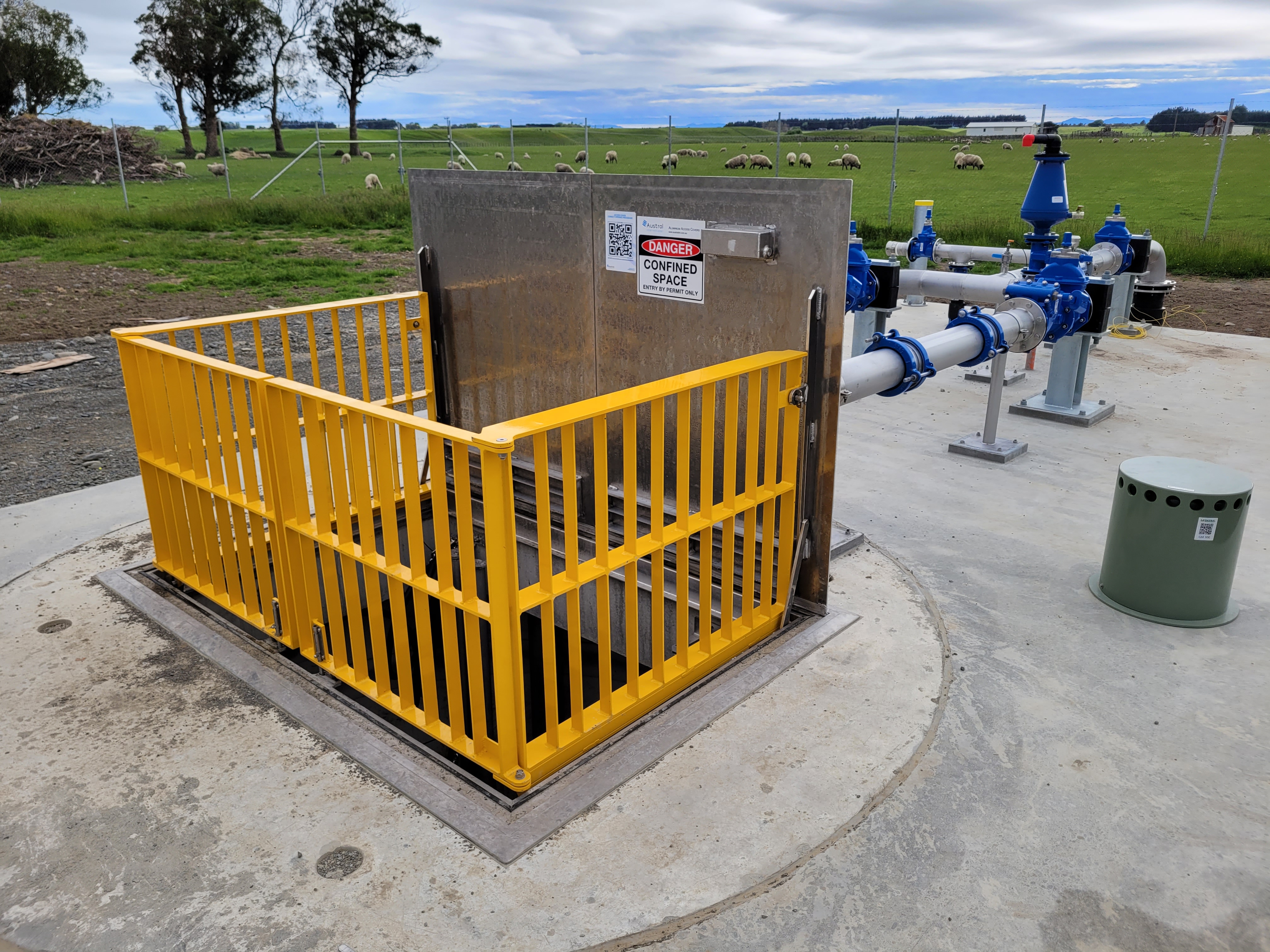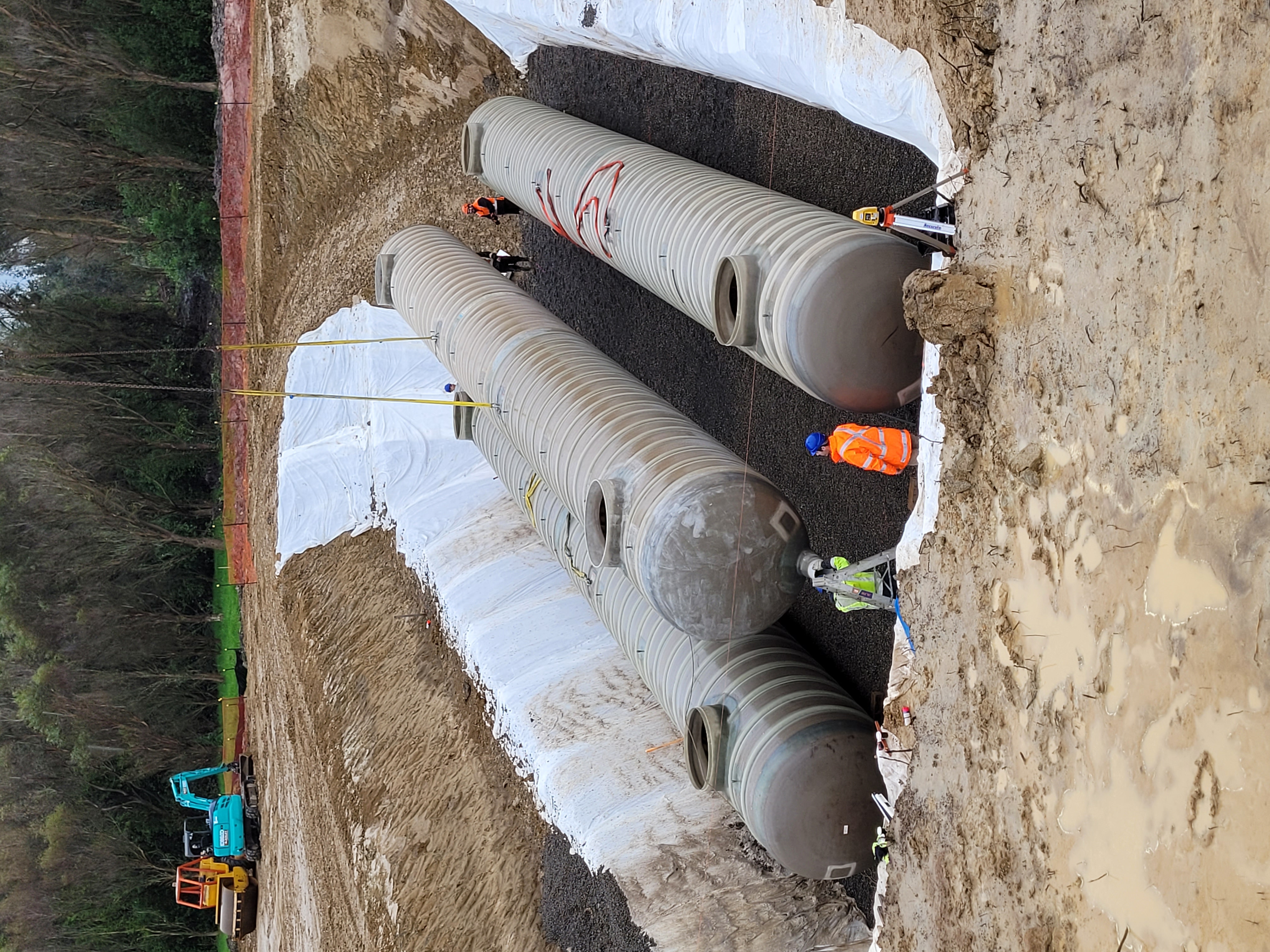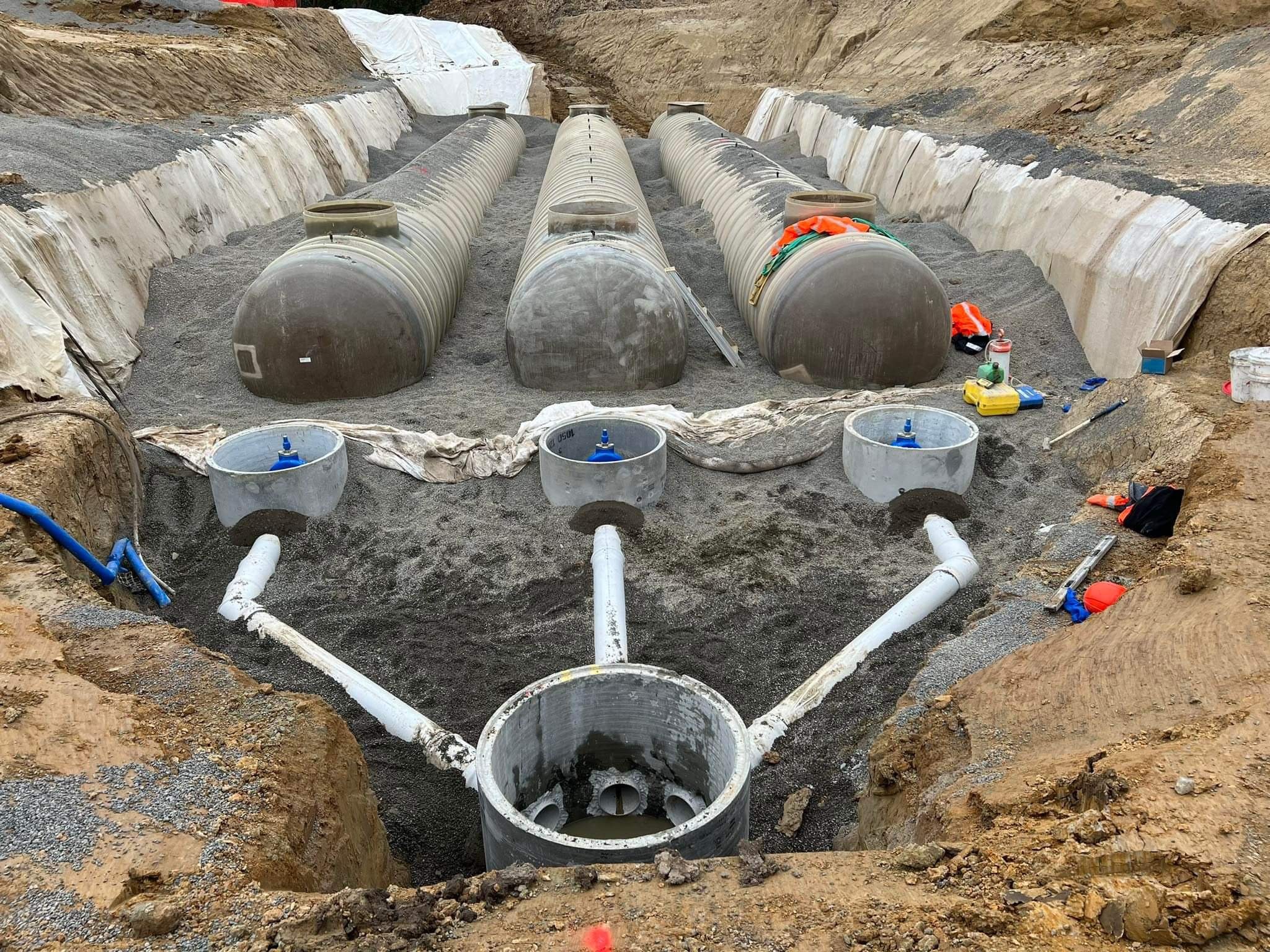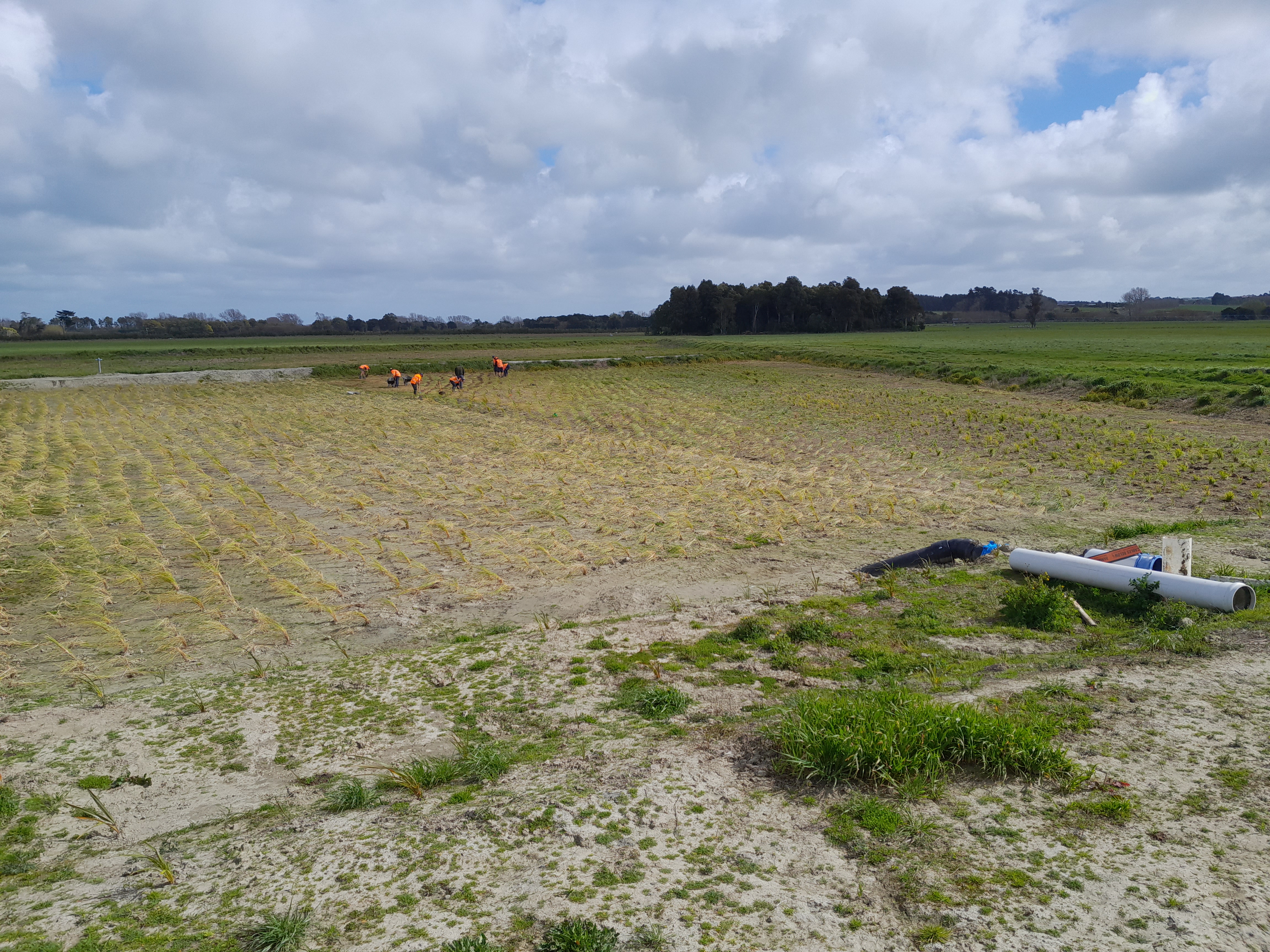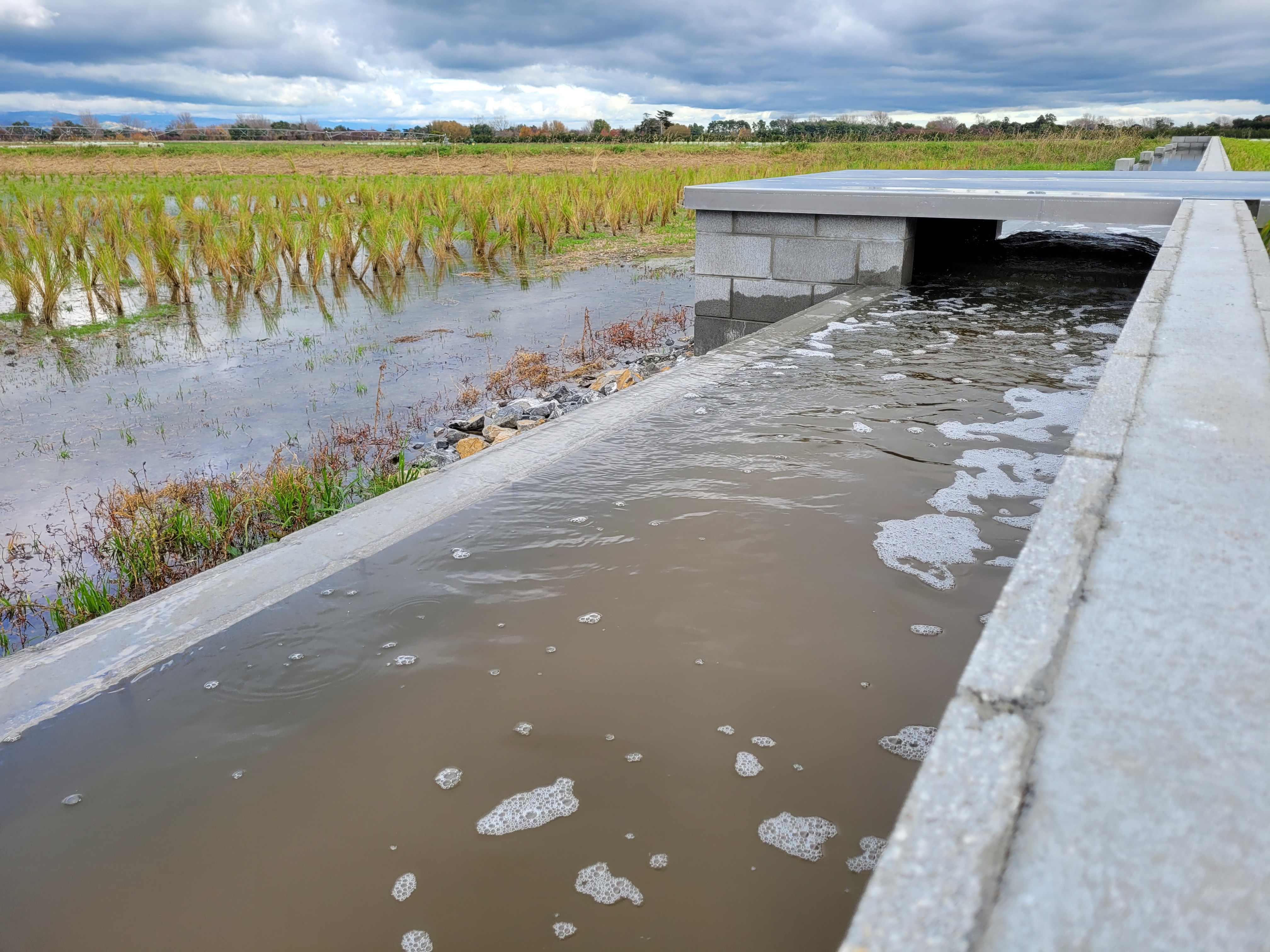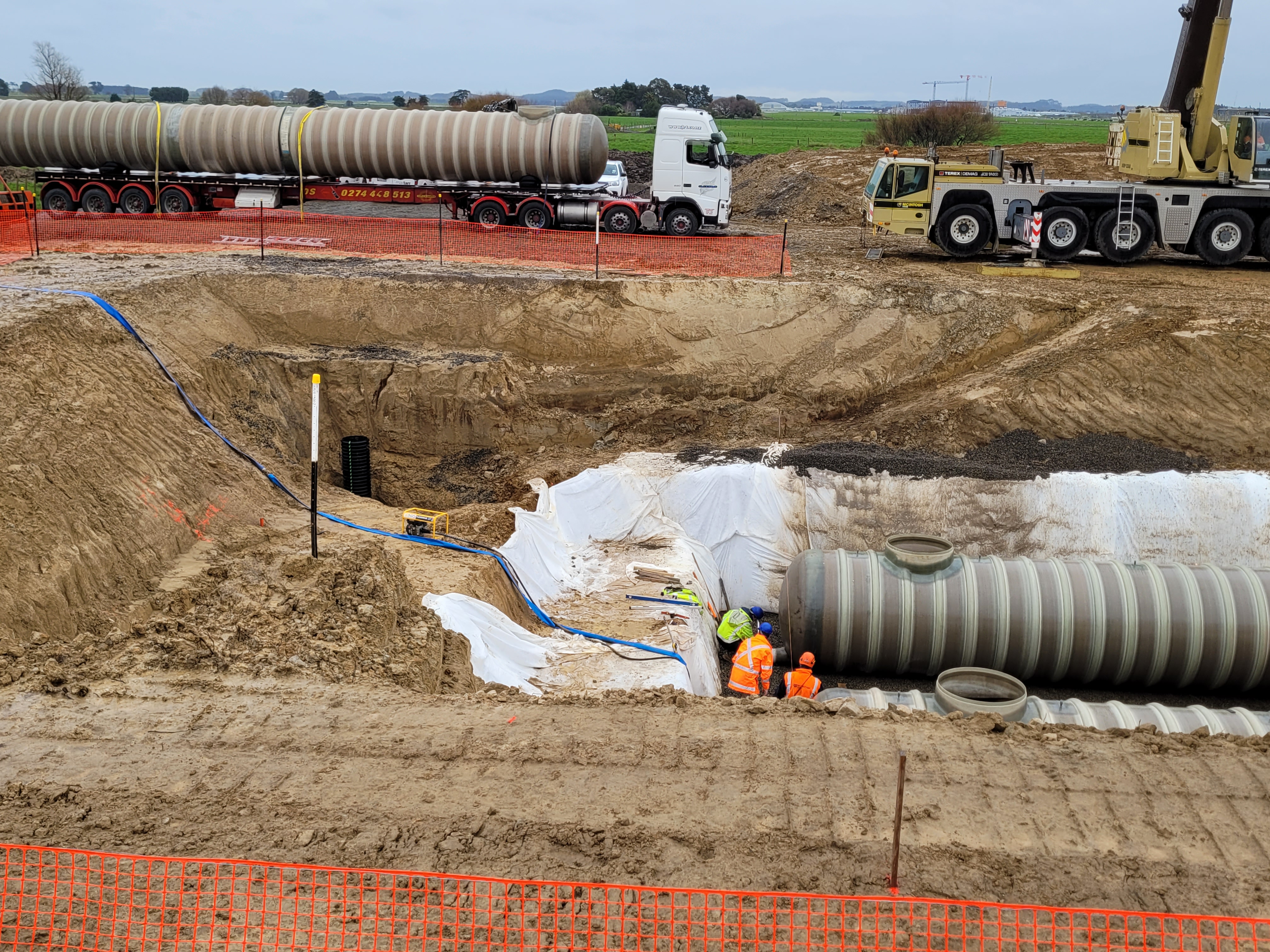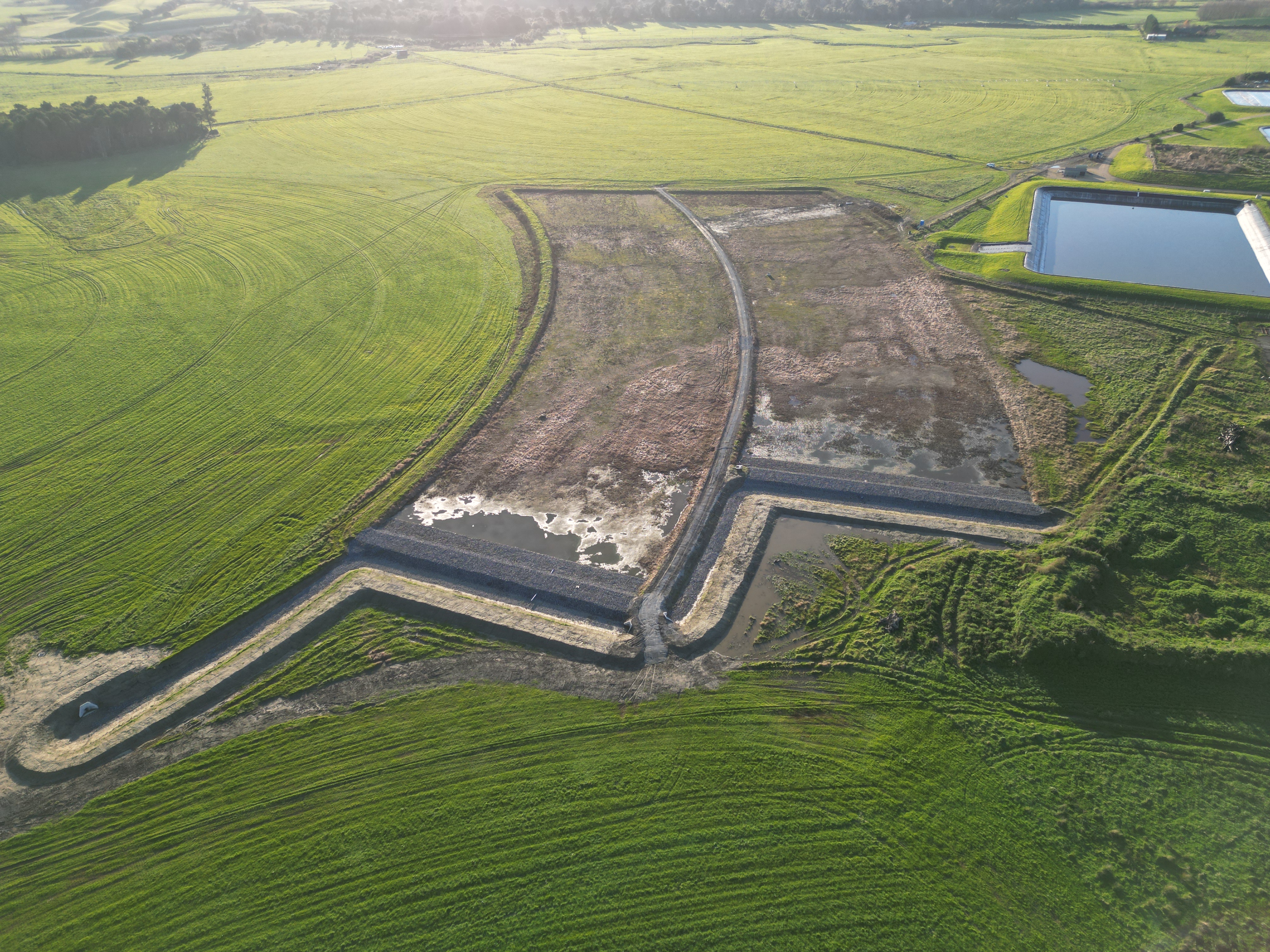
Manawatū Wastewater Treatment Plant Upgrade and Wastewater Centralisation
Our waterways are an important part of our identity here in the Manawatū. We recognise the importance of looking after them. The Ōroua River is the longest in our district at 131km, so we’re taking some steps towards better infrastructure for wastewater disposal, doing our part to improve its health and wellbeing.
It started on the 16 December 2015, when Ngāti Kauwhata and Manawatū District Council co-signed the Ōroua Declaration to work together as partners and champions for a healthy river.
Learn about the cycle of our wastewater, the treatment of it and where it goes after leaving the Manawatū Wastewater Treatment Plant through the drop downs below.
Wastewater is the water going down the drains in your showers, sinks, washing machines, baths, toilets and off industrial premises into the pipe networks that make its way to the Manawatū Wastewater Treatment Plant (MWWTP) in Feilding.
The short answer is through a system of pipes.
But not all of wastewater is treated at the MWWTP. Some of our villages have their own treatment operations which isn’t always financially or environmentally effective. Manawatū District Council is working to centralisation the wastewater from the villages of Halcombe, Sanson, Rongotea and Awahuri to be processed at MWWTP.
It is Council’s commitment to a long-term programme of investment for the economical, cultural and environmental benefits and will remove discharge of treated wastewater from over 100km of waterways across the Manawatū District.
Centralisation will also assist Council to meet expectations of Iwi and the National Policy Statement – Freshwater Management, reduce costs associated with applying for resource consents for the smaller village wastewater treatment plants, streamline operational costs, and leverage off the significant investment already made in the MWWTP.
Sanson is complete with Rongotea next in line.
View the map to see the overall plan.

The wastewater starts its journey through the treatment plant, where the waste liquids and solids are separated, screened and treated. From here we have implemented some clever ways to use the treated wastewater so it doesn’t end up straight in our awa. Irrigation, surface flow wetlands, the Village Wastewater Centralisation project, and Trade Waste Separation are all pieces to the puzzle that are leading us in the right direction to a more environmentally sustainable cycle.
Council has invested in wastewater irrigation systems for land disposal which have been running since 1 November 2019. We have 5 pivot irrigators and 3 large travelling irrigators which cover 191ha of council owned land. Irrigation of treated wastewater to land reduces the amount of nutrients going into the river, and instead is used as a fertiliser to grow grass. This grass is then sold to farmers as feed for their livestock, creating an income stream for Council and demonstrating a truly circular system.
Partnering with Ngāti Kauwhata to improve the cultural impact of our discharge, surface flow wetlands have been developed and constructed at the MWWTP to improve outcomes for the Ōroua River when irrigation to land isn’t possible – like when there has been wet weather.
The two shallow parallel bays act as a natural filter through land contact and biological processes to purify the treated wastewater further before reaching the Ōroua River.
They have been designed to retain 20,500m3 of treated wastewater, filter over 6.8 million litres of wastewater per day, and are intended to mimic a naturally occurring wetland.
The constructed wetlands has been planted with over 86,500 native plants specifically selected for their treatment properties and sourced from the council owned and operated Kawakawa Nursery.
The access road in the middle of the wetland has been constructed using recycled material from Central Demolition’s concrete crushing operation which is nearby. It’s another great example of how that partnership between Council and Central Demolition has been beneficial for both parties, and the wider community.
The Manawatū District Council has developed a Nitrogen Reduction Strategy as part of the future direction of the MWWTP to better meet cultural expectations and consent requirements for wastewater discharged to the Ōroua River.
The separation of trade waste is one of the key initiatives targeted to reduce the concentration of nutrients within the wastewater stream to be treated. Trade waste is the wastewater from places like factories and meat works. It is generally higher in nutrients than wastewater from people’s houses (domestic wastewater).
The trade waste separation project involves the construction of dedicated pipeline for the trade waste from industrial premises in Feilding. The trade waste will then be able to be treated separately through Anaerobic Digestion, producing bio-methane gas and the nutrient rich liquid that can then be irrigated to land at a low application rate for extended periods of the year, if not all year round. Disposing of this nutrient to land lessens the impact of the treated effluent discharge on the cultural and ecological health of the river, whilst being beneficially re-used to encourage fodder crop growth.
In turn, the separation of trade waste will greatly reduce the existing carbon emission footprint of the MWWTP, and presents a number of opportunities for the use of the bio-methane produced to make the MWWTP more self-sufficient in energy use.

